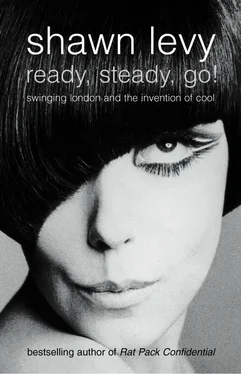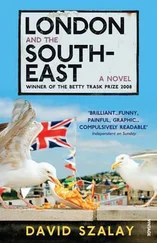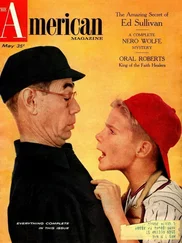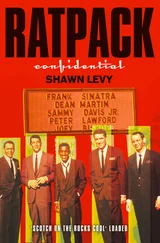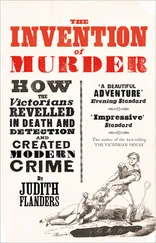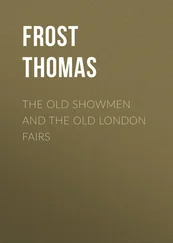It wasn’t youth culture that England invented – from James Dean to Levis to Elvis, that was America through and through – but where American official culture at the end of the ‘50s had effectively tamped down the expressive impulses of young people, England had embraced them as a way of emerging from decades, maybe centuries, of slumber. It let them grow, coalesce, strut. London was where youth culture finally cemented its hold on all forms of expression, and made itself loudly and exuberantly known. Youth, once something to endure, transformed in the span of a few years of British sensations into a valuable form of currency, the font of taste and fashion, the only age, seemingly, that mattered.
The Brits who created Swinging London were unique in their resilience, their ability to absorb and transform elements of American and continental culture, and the cocksureness with which they flaunted their invention of themselves. ‘Quite a tough bunch of kids made it through the war,’ reflected tailor Doug Hayward. And their toughness was one of their chief assets in their attack on tradition, as Barbara Hulanicki, who outfitted so many of the hip young girls at her Biba boutique, concurred: ‘The postwar babies had been deprived of nourishing protein in childhood and grew up into beautiful skinny people. A designer’s dream. It didn’t take much for them to look outstanding.’
It was as much a revolution in English society as any the island nation had ever experienced. ‘My generation,’ recalled the actor Sir Ian McKellen, ‘was brought up to think that you would peak in middle age. There was such a thing as the prime of life. And when you were secure financially and secure in what you believed in the world and what you could contribute to it, then your big years would come, and it would be in your 40s or your 50s. And suddenly it was all knocked on the head. Suddenly 40 was old.’
David Puttnam, then working in advertising, experienced it first-hand: ‘I had a little office that I had taken pains to make attractive, putting up the ads that I was responsible for. But I used to wear a white suit, and my hair was longish. And when they were showing a new client round the agency, invariably, they would kind of walk rather quickly past my room. Within a year, my room became a stopping-off point: “Look at this crazy young guy” – I looked about 12 – “and here’s his room with all his ads.” I moved literally within a year from being a liability to being an asset.’
Like all capital cities, London was used to hosting sensations, but this one wowed ‘em not only in the provinces, but everywhere on Earth. By the early ‘60s, the city positively overflowed with out-of-nowhere high energy. At night in London, anything could happen: you might attend a concert by a band of geniuses who would create music worth remembering for decades, or see a fortune come and go gambling at an elegant casino in Mayfair, or learn the Twist at a trendy discotheque near Piccadilly, or smoke pot at an after-hours Caribbean shebeen in Nörting Hill, or laugh out loud at the old fart prime minister being lampooned on a West End stage or at a nightclub in Soho.
And those were just the outward signs. If you looked harder you could find a bold, spirited and, crucially, employed generation of young people with education, access to birth control, freedom from mandatory military service – a new culture of morals and sensations being reinvented daily and no particular sense that the old ways were set in stone. These were English people who’d absorbed the sensibilities and attitudes of the French and the Italians and grafted them onto the materiality and energy of the Americans. They’d invented themselves as living works of art in a way no Britons had since Oscar Wilde.
More, too, than any free-thinkers in the history of England, this generation felt themselves unimpinged on by any of the caste conditioning that had divided them for centuries; their world would never truly be classless, as some of them liked to swear it was, but the illusion that it was was valuable, and there were specks of truth in it. If the American ‘60s were about breaking away from the establishment, England in the ‘60s was, at first at least, about joining in – finally. By mid-decade, a new aristocracy was in place: a popocracy, a hipoisie, a stratified pantheon of pop bands and actors and models and new-style entrepreneurs and a few tided and moneyed and privileged sorts who were hip enough to fit into the mix. It wasn’t a wide-open world, but it was perforated in ways it had never been before.
Streaming through the holes were foreigners eager to have a close-up look at things. London had suddenly become the hottest place in the world: New York and Paris and Los Angeles and Rome combined. Nowhere previously had such an agglomeration of globally notable talents combined at one time and with such a sense of common tenor – not to mention the inestimable advantage of tender age. For a few years, the most amazing thing in the world was to be British, creative and young.
‘The fashion and the art and everything was just exploding,’ said American hepcat Dennis Hopper, who made the trip over more than once to take part in the party. ‘Music. It was just amazing. The dance clubs and the jazz and these packed places, it was just incredible … I’ve never been anywhere that had that kind of impact on me, culturally. You can think of Haight-Ashbury and the hippie thing later, but this was more of a style and cultural explosion. It wasn’t the anti-, drop-out, tune-in whatever thing that we did. It was really about culture, painting, music, sculpture, fashion, clothes. I’d say for about five years, no one could touch them. They were dictating culture to the rest of the world.’
It changed, as it was bound to, as it was discovered and imitated and grew pleased with itself. By the middle of the decade, it wasn’t just a matter any longer of being talented and eager and lucky enough to be invited to sit at the adult table. The adult table itself was being shunned – along with everything that was eaten off it and what the diners wore and how they spoke to one another and what they smoked by the fire afterwards. The sharp, clean-shaven cool of the first phase of Swinging London was replaced by a defiant new mien – hairy and druggy and enamoured of strange fabrics and eccentricities acquired on foreign travels or in granny’s attic. By 1966 it was as if the young were so confident that they’d won that they didn’t need approval any longer. The most switched-on cat of 1963 could pass for straight; three years later, hip and square were different continents.
Things had become political – always a divisive step. And the cool new ways were being exported, too. The preferred new lifestyle of the young wasn’t quite built for London. Hippie may have looked swell in Hyde Park in July and August, but try it in January or November, making your way to some club through a downpour barefoot or in a peasant skirt. The aesthetic was far better suited to California or Majorca or the countryside. And, in fact, it was being practised and defined in such places, making the whole world seem hip when just a few years earlier only a handful of postal districts north of the Thames qualified. In 1963, a cool-looking person could only be from London; by 1969 standards, a person who looked with-it could be from anywhere.
Same with a pop record or a movie or a wild new outfit or haircut or art gallery or anything, really: London wasn’t alone any longer and it surely was no longer the centre or even the top. It was alongside New York and Los Angeles, Paris, and Rome and Berlin, and even Tokyo and Amsterdam and even, for a few minutes, Prague. The world had soaked up everything London could think up and was still thirsty, so it started brewing its own. In a real sense, London was losing because London had won. Its passing may have been inevitable – it had, ironically, helped cement the very notion of ephemerality in popular culture – but it was nevertheless a shame.
Читать дальше
